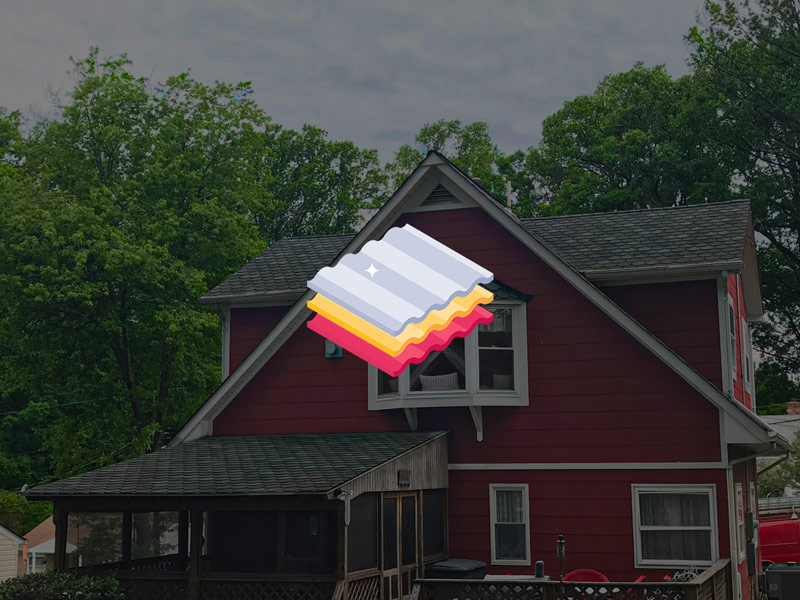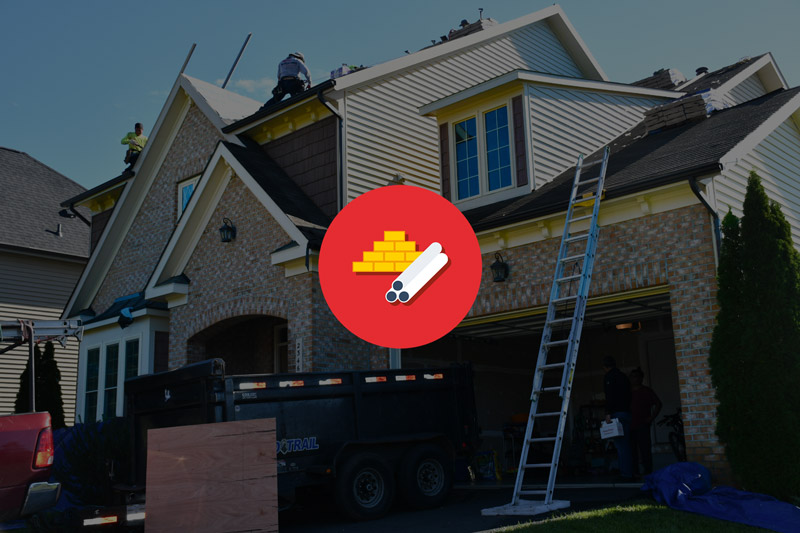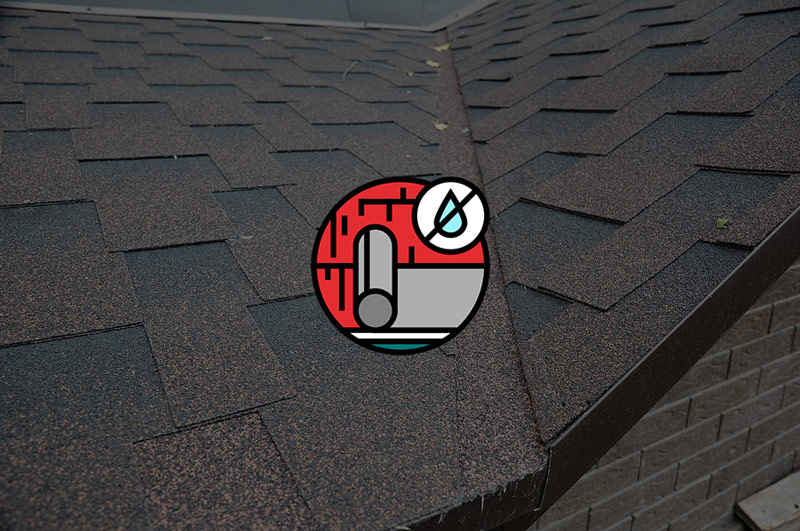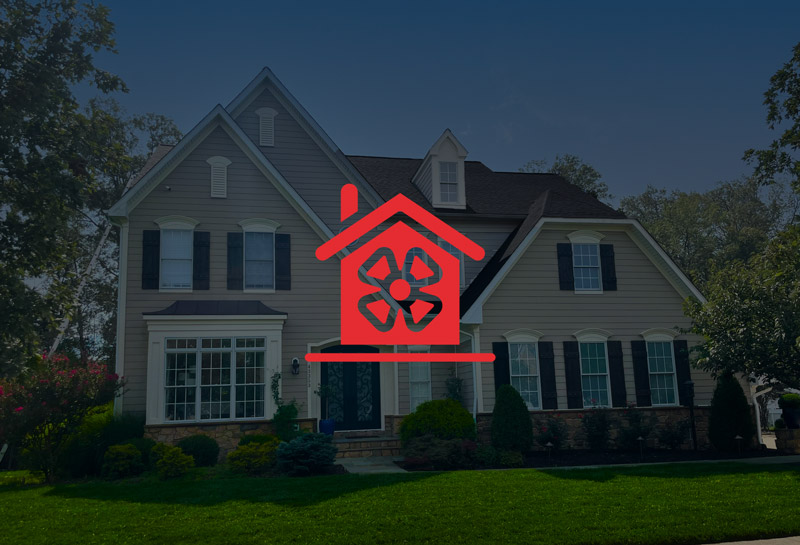What Materials Are Needed to Replace a Roof?
Considerations for Roof Replacement
The process of roof replacement involves several crucial considerations. First and foremost, you need to evaluate the existing condition of your roof. Assess any damage, leaks, or structural issues that may require attention. Additionally, consider the climate and weather patterns in your region, as different materials perform better in varying environments.
Researching Roofing Materials
To make an informed decision, it is essential to research the different roofing materials available. Explore options such as asphalt shingles, metal roofing, clay or concrete tiles, and wood shakes or shingles. Each material has its unique features, advantages, and considerations, allowing you to find the best fit for your specific needs and preferences.
Energy Efficiency and Sustainability
In recent years, energy efficiency and sustainability have become significant factors in roof replacement. Look for materials that offer good insulation properties, such as reflective coatings or energy-efficient underlayment. Consider eco-friendly options like recycled materials or those with high recyclability rates to minimize your environmental impact.

Understanding Your Roofing Needs
Assessing the Condition of Your Existing Roof
Before embarking on a roof replacement project, it is essential to assess the condition of your current roof. Inspect for signs of damage, such as missing or broken shingles, leaks, or sagging areas. Look out for any structural issues that may need attention, as addressing them during the replacement process can save time and money in the long run. By understanding the current state of your roof, you can determine the necessary materials for the replacement.
Determining the Scope of the Roof Replacement Project
Once you have assessed the condition of your roof, it is important to determine the scope of the replacement project. Consider whether you need a complete roof replacement or if partial repairs would suffice. Assess the age of your roof and evaluate if it has reached its expected lifespan. Understanding the extent of the project will help you determine the amount and type of materials required.
Identifying Specific Requirements Based on Your Roof Type and Slope
Roofing materials vary depending on the type and slope of your roof. Different materials are suitable for different roof styles and angles. For instance, asphalt shingles are a common choice for sloped roofs due to their versatility and cost-effectiveness. In contrast, flat roofs may require materials like modified bitumen or EPDM rubber membranes. By identifying your roof type and slope, you can narrow down the options and choose materials that are compatible with your specific requirements.

Roofing Materials for Sloped Roofs
Asphalt Shingles: Versatile and Cost-Effective
Asphalt shingles are the most popular choice for sloped roofs due to their versatility, affordability, and wide range of styles. They are available in various colors, textures, and designs, allowing homeowners to find the perfect match for their preferences. Asphalt shingles are durable, easy to install, and provide reliable protection against the elements. However, they may have a shorter lifespan compared to some other materials and can be susceptible to damage in severe weather conditions.
Metal Roofing: Longevity and Energy Efficiency
Metal roofing, such as steel or aluminum, offers excellent longevity and durability. It can last up to 50 years or more with proper maintenance. Metal roofs are resistant to fire, rot, and insect damage. They provide energy efficiency benefits by reflecting sunlight, reducing cooling costs in hot climates. Metal roofing comes in a variety of styles, including standing seam panels, metal tiles, or shingles. However, metal roofs can be relatively expensive compared to other options and may require professional installation.
Clay and Concrete Tiles: Classic and Durable
Clay and concrete tiles add a touch of elegance and timeless beauty to sloped roofs. They are known for their durability, longevity, and resistance to fire and insect damage. Clay tiles have a distinctive aesthetic appeal, while concrete tiles offer more design options and are often more affordable. Both materials provide excellent insulation, helping to regulate indoor temperatures. However, clay and concrete tiles are heavier than other roofing materials, so it is important to ensure your roof structure can support their weight.
Wood Shakes and Shingles: Natural and Rustic Charm
Wood shakes and shingles provide a unique, natural look and rustic charm to sloped roofs. They are typically made from cedar, redwood, or pine, offering excellent insulation properties and a long lifespan when properly maintained. Wood roofing materials are environmentally friendly and biodegradable. However, they require regular maintenance to prevent moss, rot, or insect damage. Wood shakes and shingles may not be suitable for areas prone to wildfires or high humidity.

Flat Roofing Materials
Flat roofing systems are designed to have a minimal slope or no slope at all, making proper water drainage crucial. Unlike sloped roofs, flat roofs require materials that can create a waterproof barrier to prevent water penetration. Additionally, these materials should be durable enough to withstand foot traffic and the potential for standing water.
Built-Up Roofing (BUR): Time-Tested Reliability
Built-up roofing, commonly known as BUR, has been a popular choice for flat roofs for many years. It consists of multiple layers of bitumen and reinforced fabrics, creating a sturdy and durable roof. BUR provides excellent waterproofing properties and is resistant to ultraviolet (UV) radiation. However, the installation process can be labor-intensive, and the roof may require regular maintenance to prevent issues like blistering or cracking.
Modified Bitumen Roofing: Flexibility and Strength
Modified bitumen roofing is a modern alternative to traditional BUR. It combines bitumen (asphalt) with modifiers to enhance its flexibility, strength, and resistance to temperature extremes. This type of roofing material comes in rolls or sheets, making installation more efficient. Modified bitumen roofing offers good waterproofing capabilities, excellent UV resistance, and improved durability. However, it may require periodic maintenance and inspections to ensure optimal performance.
EPDM (Rubber) Roofing: Versatile and Cost-Effective
EPDM (ethylene propylene diene terpolymer) roofing is a popular choice for flat roofs due to its versatility and cost-effectiveness. It is a synthetic rubber membrane that can be installed as large sheets, reducing the number of seams and potential weak points. EPDM roofing provides excellent resistance against UV radiation, ozone, and weathering. It offers easy installation and low maintenance requirements. However, EPDM roofs can be susceptible to punctures and may have a shorter lifespan compared to other materials.
TPO and PVC Single-Ply Membranes: Energy Efficiency and Durability
Thermoplastic Olefin (TPO) and Polyvinyl Chloride (PVC) single-ply membranes are gaining popularity for flat roofs. They are lightweight, flexible, and available in different thicknesses. TPO and PVC membranes offer exceptional heat reflectivity, energy efficiency, and resistance to UV radiation. They provide reliable waterproofing and require minimal maintenance. However, it is crucial to choose high-quality membranes from reputable manufacturers to ensure long-term performance.

Roofing Underlayment and Insulation
When replacing a roof, it’s crucial to consider the materials used for underlayment and insulation. These components play a vital role in ensuring the longevity, durability, energy efficiency, and comfort of your roof. Here’s an overview of the importance of quality underlayment and the role of insulation:
Importance of Quality Underlayment
Underlayment is a protective layer installed between the roof deck and the roofing material. It acts as an additional barrier against water infiltration, helps prevent leaks, and provides an added layer of protection for your roof. Quality underlayment is essential for a reliable and long-lasting roof replacement. It helps to protect your home from potential water damage, moisture buildup, and ice dams. Additionally, it helps to create a smooth and even surface for the roofing material installation.
Types of Underlayment Materials
- a) Synthetic Underlayment: Synthetic underlayment is a popular choice due to its durability, resistance to tearing, and enhanced water resistance. It is typically made from polypropylene or polyethylene materials and provides excellent protection against water infiltration.
- b) Asphalt-Saturated Felt: Asphalt-saturated felt, also known as roofing felt or tar paper, has been used for many years as a traditional underlayment material. It is made from organic or fiberglass materials and offers good protection against water infiltration.
- c) Rubberized Underlayment: Rubberized underlayment provides superior water resistance and is often used in areas prone to heavy rainfall or extreme weather conditions. It offers enhanced durability and flexibility, ensuring long-term performance.
The Role of Insulation in Energy Efficiency and Comfort
Insulation is a crucial component of your roof replacement project, as it helps regulate indoor temperatures, reduce energy consumption, and enhance overall comfort. Proper insulation minimizes heat transfer, keeping your home cooler in hot weather and warmer in cold weather. It also reduces energy costs by preventing air leaks and heat loss.
Popular Insulation Options
- a) Fiberglass Insulation: Fiberglass insulation is one of the most commonly used insulation materials. It consists of tiny glass fibers and offers excellent thermal performance, fire resistance, and sound absorption properties. Fiberglass insulation is available in batts or rolls, making it easy to install.
- b) Cellulose Insulation: Cellulose insulation is made from recycled paper materials treated with fire retardants. It provides good thermal insulation and has the advantage of being environmentally friendly. Cellulose insulation is often blown into attics or walls, filling gaps and crevices effectively.
- c) Spray Foam Insulation: Spray foam insulation is a versatile option that expands to fill cavities and creates an airtight seal. It provides excellent thermal insulation, minimizes air leakage, and improves energy efficiency. Professional installation is recommended for spray foam insulation.

Flashing and Ventilation Systems
Flashing and ventilation systems are essential components of a roof replacement project. They play a crucial role in preventing water infiltration, maintaining the structural integrity of the roof, and ensuring proper airflow. Here’s a closer look at the significance of flashing and the importance of ventilation:
The Significance of Flashing in Preventing Water Infiltration
Flashing is a critical element that prevents water from seeping into vulnerable areas of the roof, such as intersections, joints, and transitions. It creates a watertight seal, directing water away from these areas and protecting the underlying structure. Properly installed flashing is essential for preventing leaks and water damage, contributing to the overall longevity of the roof.
Different Flashing Materials
- a) Aluminum Flashing: Aluminum flashing is a popular choice due to its durability, resistance to corrosion, and affordability. It is lightweight and easy to work with, making it a preferred option for many roofers.
- b) Copper Flashing: Copper flashing offers excellent durability and resistance to corrosion. It develops a beautiful patina over time, adding aesthetic appeal to the roof. Although slightly more expensive than other options, copper flashing is highly effective in preventing water infiltration.
- c) Lead Flashing: Lead flashing is a traditional choice known for its malleability and long-term performance. It can be easily shaped and formed to fit various roof configurations, ensuring a secure seal against water intrusion.
The Importance of Proper Ventilation for Roof Longevity
Proper ventilation is essential for a healthy and long-lasting roof. It helps regulate temperature, remove excess moisture, and prevent the buildup of heat and condensation in the attic space. Adequate ventilation plays a key role in preventing issues such as mold growth, wood rot, and premature aging of roofing materials.
Various Ventilation Options
- a) Ridge Vents: Ridge vents are installed along the peak of the roof, allowing hot air to escape from the attic while drawing in cooler air from the soffit vents. This continuous airflow promotes efficient ventilation and helps maintain a balanced temperature inside the attic.
- b) Soffit Vents: Soffit vents are located under the eaves of the roof and allow fresh air to enter the attic. They work in conjunction with ridge vents, creating a natural flow of air that keeps the attic properly ventilated.
- c) Turbines: Turbine vents, also known as whirlybirds, use wind power to facilitate ventilation. As the wind blows, the spinning action of the turbines draws air out of the attic, enhancing airflow and removing stale air.
View More Articles
Please Share!










